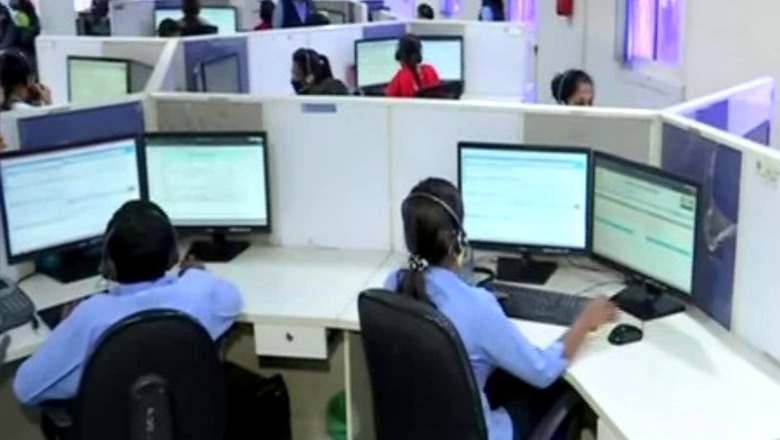
views
A few days after the abrogation of Article 370 sections in Jammu and Kashmir in 2019, V Srinivas, then additional secretary in the department of administrative reforms, was asked to lead a delegation to the erstwhile state where the annual Darbar Movement came up as the most pressing issue.
280 truckloads of files were to be transported between the two capitals, Jammu and Srinagar, like each year. “We collaborated with J&K to implement eOffice in both the secretariats (Jammu and Srinagar), digitalising several crores of file pages in a short period of time using heavy-duty scanners. The adoption of eOffice enabled the simultaneous operationalisation of both Jammu and Srinagar secretariats simultaneously and was one of the biggest reforms that stopped Darbar Movement,” Srinivas, now the secretary of the department, recalled at a lecture at the Indian Institute of Public Management on July 29.
This is one highlight of India’s eOffice story that is convincing the government’s Babudom to give up its love for physical files and file notings and move to e-files that can be signed digitally and approved much faster for policy decisions in the government. To date, the central government now has 26.36 lakh e-files, with just 10 lakh physical files left in the government records now. The number of e-files has grown six times in four years.
Growth story
Srinivas in his lecture at the IIPA said he had since 2018 witnessed the “linear expansion” in the number of files on eOffice from 4,00,000 to 26,36,116 in 2022. “The fortnightly increase in e-files in June 2022 is 27,694…the number of physical files came down to around 10 lakh,” he said. Srinivas said the government also approved policy amendments in the Central Secretariat Manual of Office Procedure 2019, making it possible to issue virtual private networks to deputy secretaries of the Government of India and digital signature certificates up to section officers.
This enabled them to sign e-files digitally. “The uninterrupted functioning of the central secretariat in the pandemic and lockdown was possible because of eOffice. Deputy secretaries, joint secretaries, additional secretaries, and secretaries had access to a virtual private network and could take policy decisions on e-files during this period. 25 per cent undersecretaries were issued laptops to ensure steady file movement,” Srinivas said.
Myth-buster
The e-file system rolling out in the DRDO this year was a milestone as it “shattered the notion that field offices with heavy project files could not handle paper on e-file system”, Srinivas said. Many departments had cited their heavy files to block the e-file system.
The government earlier this year also rolled out eOffice version 7.0, which enables references to external offices and seamless movement of files to the finance ministry and department of expenditure. This has broken the silos between ministries.
Read all the Latest News and Breaking News here




















Comments
0 comment